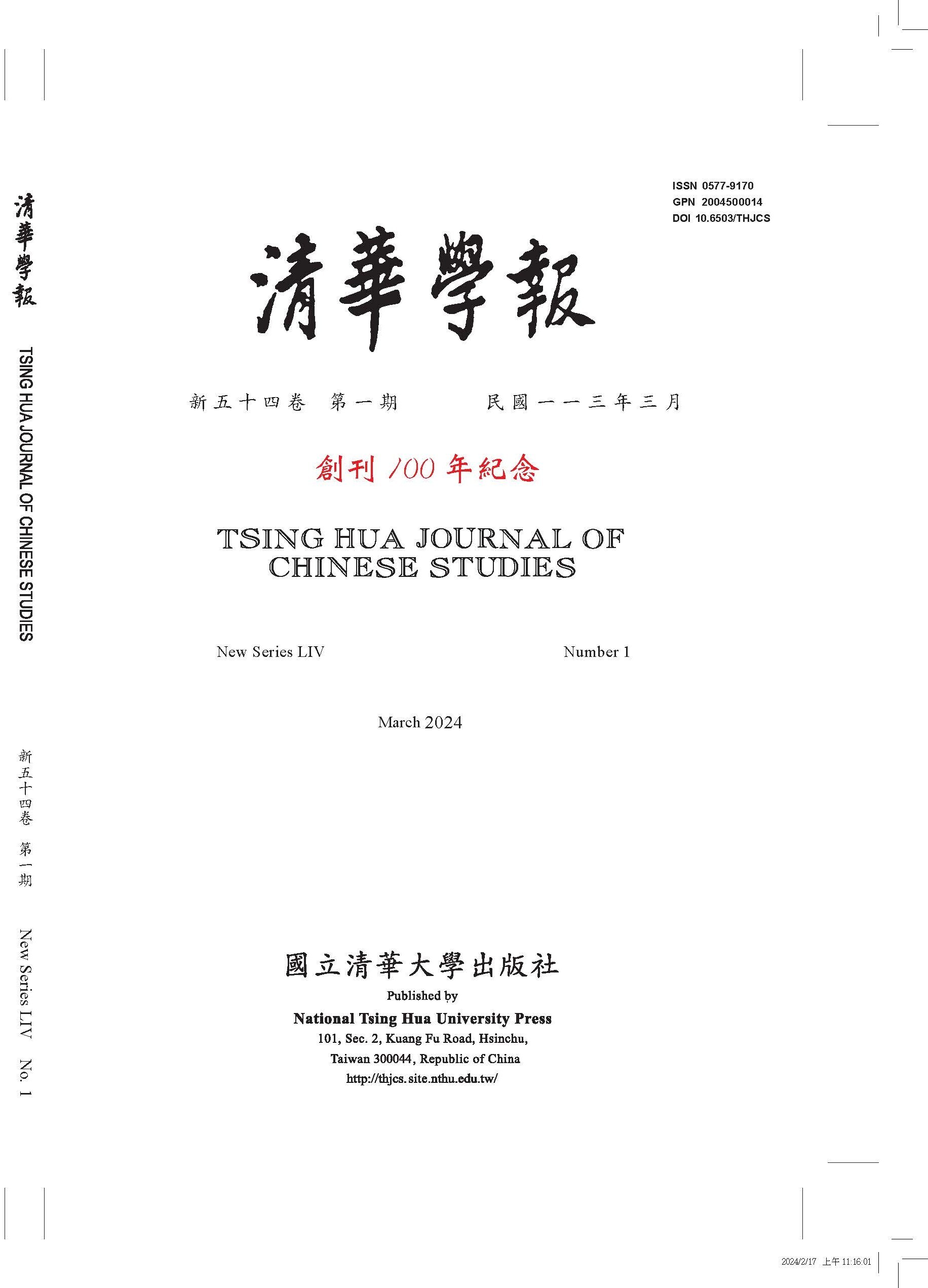The Creation and Dissemination of Ming Imperial Poetry with Particular Focus on the Poems of Taizu, Renzong, Xuanzong and Shizong
Vol. 46 No.2 June, 2016
|
Title |
The Creation and Dissemination of Ming Imperial Poetry with Particular Focus on the Poems of Taizu, Renzong, Xuanzong and Shizong |
|
Author |
Lien, Wen-ping |
|
Genre |
Article |
|
Pages |
277-318 |
|
Download |
|
|
Language |
Chinese |
|
Key words |
the emperor, the imperial court, poetry, poetics, textual dissemination, the Ming dynasty |
|
Abstract |
Most Ming emperors composed poetry, but their poetic interests and degrees of understanding differed. This article analyzes the poetry of Ming emperors, as well as related historical source materials, in an effort to uncover its various applications regarding the expression of emotions, palace festivals, imperial activities, and foreign affairs. Ming emperors wrote poetry to display their virtue and great achievements. They composed four-character and Yuefu poetry in an effort to imitate both the Shijing and the literary tradition established by earlier emperors. They also penned old-style poems and quatrains to express their emotions and aspirations. However, not only did their residence at court limit the range of topics found in their poetry, they moreover deliberately used poetry to glorify the nation and the imperial image, which resulted in a poetic output that was fixed in form and monotonous in content. During the Ming, imperial poetry was disseminated to the public via handwritten copies, stone inscriptions, descriptive notes, anthology extracts, and novels written by officials. Despite such diverse means of dissemination, a large amount of imperial poetry has been lost or adulterated. Yet, regardless of its authenticity or literary quality, officials and the people nonetheless read the emperor’s poetry not only for interesting anecdotes, but also to attain a glimpse into the emperor’s character. |

